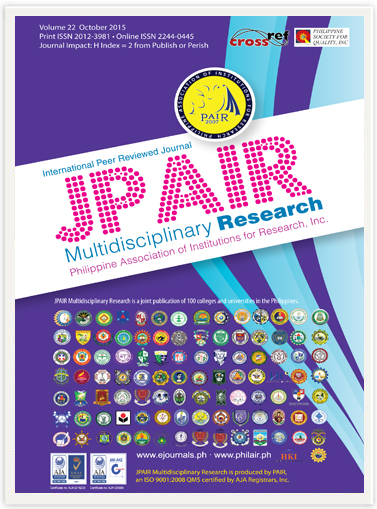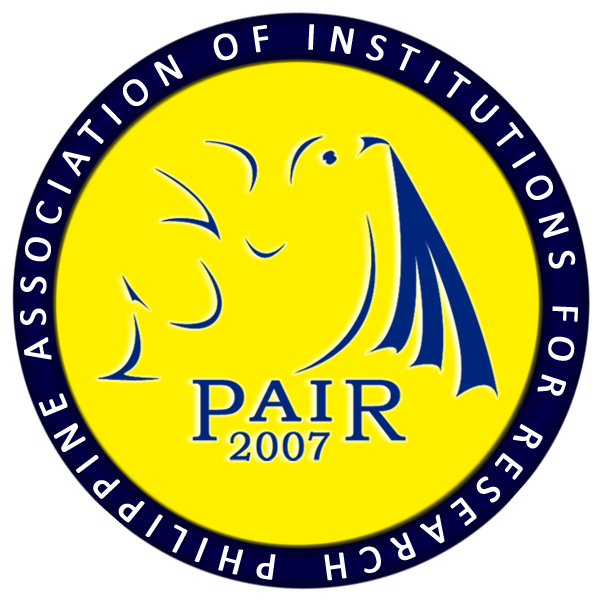Potentials of Home-made Concoction as Nutrient Solution in a Modified Hydroponic System
DOI:
https://doi.org/10.7719/jpair.v22i1.337Keywords:
Agriculture, modified hydroponic system, organic liquid solution, experimental, research, Cebu, PhilippinesAbstract
A Hydroponic System is a technique that is widely used in Agriculture especially in growing plants in urban areas. A study was conducted to determine the responses of lettuce grown under a modified hydroponic system to different organic solutions at Cebu Technological University – Barili Campus, Philippines.
The treatments used in the study are T0 – commercial organic amino acid, T1 – Home-made concoction, T2 – Inorganic fertilizer and T3 - coconut water. Results showed that on the number of leaves, lettuces that were applied with home–made concoction had 10.13% and 15.23% more leaves than inorganic fertilizer and commercial organic amino acid applied treatments respectively (4th week). No significant difference were observed among commercial organic amino acid, home-made concoction and inorganic fertilizer, in terms of leaf length from the 2nd week to 4th week having. Furthermore, comparable results were observed between lettuce applied with home-made concoction and inorganic fertilizer on its leaf width on the 2nd week having 7.03 cm and 6.30 cm respectively. Moreover, comparable effects were also observed on commercial organic amino acid and home-made concoction in plant height having an average length of 17.03 cm and 17.00 cm, respectively. At harvesting, lettuces that were applied with home-made concoction had the heaviest weight having 43.23 g or 20.12% heavier than those applied with commercial organic amino acid and 23.67% heavier than inorganic fertilizer. Therefore, the home-made concoction is the best organic nutrient source in growing lettuce in a modified hydroponic system.
Downloads
References
Kumari, A. K., Kumar, R. K. N., Rao, N. C. H., 2014. Adverse Effects of Chemical Fertilizers and Pesticides on Human Health and Environment. Journal of Chemical and Pharmaceutical Sciences.Retrieved on November 16, 2015 from http://www.jchps.com/pdf/si3/34%20jchps%20si3%20addn%20K.Anitha%20Kumari%20150-151.pdf
Downloads
Published
Issue
Section
License
Copyright (c) 2015 James Francienne Rosit, Pet Roey L. Pascual, Jessa Rio, Meriam Mae Sacamay, Roger Alferez, Leonilla Camomot

This work is licensed under a Creative Commons Attribution-NonCommercial 4.0 International License.
Open Access. This article published by JPAIR Multidisciplinary Research is licensed under a Creative Commons Attribution-Noncommercial 4.0 International (CC BY-NC 4.0). You are free to share (copy and redistribute the material in any medium or format) and adapt (remix, transform, and build upon the material). Under the following terms, you must give appropriate credit, provide a link to the license, and indicate if changes were made. You may do so in any reasonable manner, but not in any way that suggests the licensor endorses you or your use. You may not use the material for commercial purposes.




















